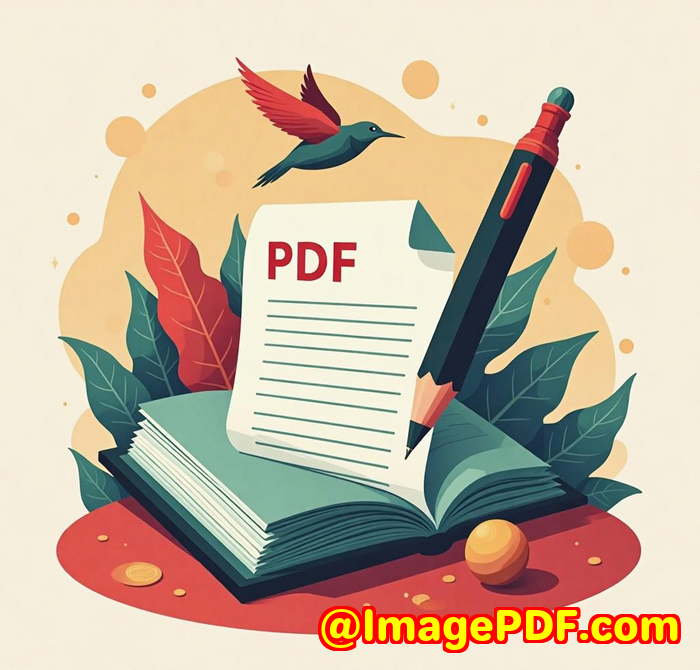How to Use VeryPDF JavaScript PDF Annotator for Document Collaboration in Healthcare and Pharmaceutical Fields
Meta Description:
Streamline team collaboration in pharma and healthcare with VeryPDF's JavaScript PDF Annotatorno plugins, just seamless, browser-based markup tools.

Every time we prepared for a compliance review, it was chaos.
Dozens of PDFs flying between departments, version control nightmares, and confusion over who changed what. Working in the pharmaceutical space, especially in regulatory affairs, every note and every markup matters. You can't afford to miss a single revision or feedback point when you're handling clinical trial documents or SOP updates.
That's when I stumbled upon the VeryPDF JavaScript PDF Annotator Source Code License.
I wasn't looking for a fancy PDF viewer. I needed something that would let our cross-functional teamresearchers, QA, legal, and compliancecollaborate directly on documents, fast, in real time, from anywhere.
Why VeryPDF's JavaScript PDF Annotator is a Game Changer
At its core, this tool is a HTML5-based PDF and document annotator. No plugins. No downloads. Just your browserChrome, Safari, Firefox, whatever you use.
The first time I used it, I uploaded a regulatory submission draft PDF, tagged a few pages with strikethroughs and comments, and shared the link with a colleague in quality assurance. He popped in his own annotationshighlighted a few points and dropped some commentsand we were both editing live.
It felt more like Google Docs for PDFs than any clunky review tool I'd ever used.
Here's What Sold Me
1. Cross-Platform Magic
Whether my teammates were using Windows, Mac, or Linux, the annotator worked.
No complaints. No setup. Just open the link and start editing.
I've had pharma field teams annotate documents from iPads, and compliance officers review SOPs from desktop machines at HQ.
2. Full Annotation Arsenal
I'm not talking about basic highlighting. This thing comes with:
-
Text and freehand drawings
-
Line, arrow, polyline
-
Point, area, and text comments
-
Highlight, strikeout, and shapes
We even colour-code annotations for different departments. Legal uses blue. QA goes yellow. Medical review drops in green notes.
3. Real-Time Layered Collaboration
Multiple users can annotate simultaneously.
Each person's edits are layered so it doesn't get messy.
I can review just one person's comments or toggle all of them on and off.
This is insanely useful during audit prep or document version reviews.
Built for Healthcare and Pharma
This tool isn't just convenient. It's practically made for regulated industries:
-
Supports 50+ file typesPDF, Word, Excel, PowerPoint, CAD, Visioyou name it.
-
Annotations can be burned into the final file, preserving compliance.
-
Original files stay untouched if neededperfect for document version control and archiving.
-
Works with REST API, so your IT team can plug it into your own document management system.
We embedded this into our internal document portal using the source code license.
That means no external dependency, no sending files to a third-party tool.
Everything stays inside our secure environment. That's huge when you're working with confidential study data.
How We Use It (Real Use Cases)
-
Regulatory Submissions Collaborate across RA, QA, and legal before submitting to FDA or EMA.
-
Clinical SOP Reviews Markup and revise SOPs with site and sponsor feedback.
-
Training Docs Trainers and reviewers can drop comments or corrections directly in the training materials.
-
Lab Reports & Protocols Scientists annotate raw lab data PDFs and add comments before passing them along.
If you're in pharma, biotech, hospitals, diagnostics, or even contract research, and you're still doing PDF markups via email chains or desktop appsyou're wasting time.
Final Thoughts
I've tested other annotation toolssome were too bulky, others required plugins, and a few just couldn't handle pharma-specific workflows.
VeryPDF's JavaScript PDF Annotator is lightweight, fast, and customisable.
And the fact that it comes with source code? That's the icing on the cake. We tailored the UI, added our own authentication, and baked it into our workflow.
I'd recommend it to any team dealing with document-heavy workflows in regulated environments.
Start your trial here and see it for yourself:
https://veryutils.com/html5-pdf-annotation-source-code-license
Custom Development Services by VeryPDF
If you're dealing with something more specific, VeryPDF also offers custom development. They're not just about off-the-shelf tools. They build solutions from scratchwhether it's a custom virtual printer, an API to track print jobs, or integrating OCR and document intelligence into your system.
They work with Python, C#, JavaScript, C++, Linux, Windows, Macyou name it.
Need to embed annotation into a cloud app? Want a barcode reader added to your doc pipeline?
Just reach out to their support centre and tell them what you're looking for:
FAQs
Q: Can multiple users annotate the same document at the same time?
Yes. Each annotation is layered, so you can see everyone's input separately or together.
Q: Is there a plugin or software required to run this?
Nope. It's 100% browser-based. Works on Chrome, Firefox, Safari, Edge, and more.
Q: Can annotations be permanently saved in the PDF?
Yes. You can either export with annotations or keep them separate depending on your needs.
Q: Does this work with non-PDF files?
Absolutely. Word, Excel, PowerPoint, CAD, images, and more than 50 formats are supported.
Q: Can we integrate this into our internal systems?
Definitely. The source code license allows full integration into your existing apps or platforms.
Tags / Keywords
-
JavaScript PDF annotation tool
-
Healthcare PDF collaboration
-
Pharmaceutical document markup
-
Browser-based PDF annotator
-
VeryPDF annotation API
Let me say it straight: if you're managing complex documents across teams, and compliance mattersyou need this.